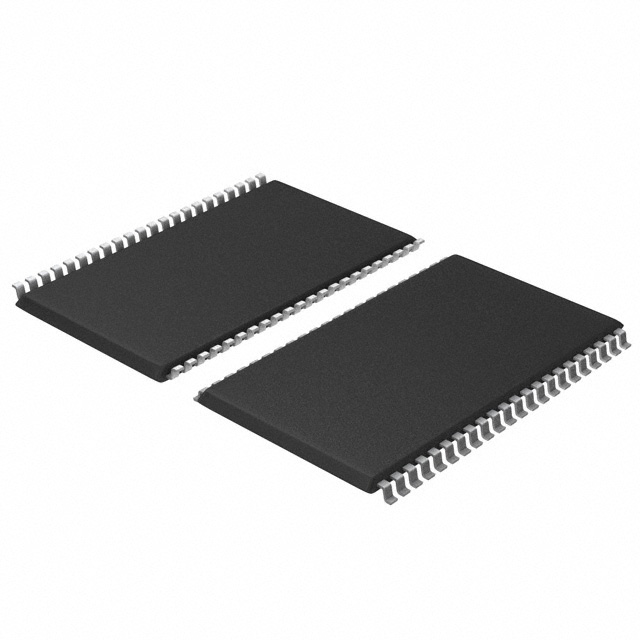70V631S12BFGI8
Manufacturer No:
70V631S12BFGI8
Manufacturer:
Description:
IC SRAM 4.5MBIT PAR 208CABGA
Datasheet:
Delivery:





Payment:




In Stock : 0
Please send RFQ , we will respond immediately.









70V631S12BFGI8 Specifications
-
TypeParameter
-
Supplier Device Package208-CABGA (15x15)
-
Package / Case208-LFBGA
-
Mounting TypeSurface Mount
-
Operating Temperature-40°C ~ 85°C (TA)
-
Voltage - Supply3.15V ~ 3.45V
-
Access Time12 ns
-
Write Cycle Time - Word, Page12ns
-
Memory InterfaceParallel
-
Memory Organization256K x 18
-
Memory Size4.5Mbit
-
TechnologySRAM - Dual Port, Asynchronous
-
Memory FormatSRAM
-
Memory TypeVolatile
-
DigiKey ProgrammableNot Verified
-
PackagingTape & Reel (TR)
-
Product StatusActive
-
Series-
The 70V631S12BFGI8 integrated circuit chip is a specific model of IC chip, and its advantages and application scenarios can be summarized as follows:Advantages: 1. High Voltage Capability: The chip is designed to handle high voltages up to 70V, making it suitable for applications that require high voltage operation. 2. Low Power Consumption: The chip is designed to operate with low power consumption, making it energy-efficient and suitable for battery-powered devices or applications where power efficiency is crucial. 3. Small Form Factor: The chip is available in a compact form factor, allowing for easy integration into various electronic devices or systems. 4. High Performance: The chip offers high-performance characteristics, such as fast switching speeds and low noise, making it suitable for applications that require high-speed data processing or signal amplification.Application Scenarios: 1. Audio Amplification: The chip can be used in audio amplifiers, where it can efficiently amplify audio signals to drive speakers or headphones. 2. Power Management: The chip can be used in power management circuits, where it can regulate and control the flow of power in various electronic systems. 3. Motor Control: The chip can be used in motor control circuits, where it can drive and control the speed of motors in applications such as robotics or industrial automation. 4. LED Lighting: The chip can be used in LED lighting circuits, where it can control the brightness and color of LEDs in applications such as automotive lighting or architectural lighting. 5. Communication Systems: The chip can be used in communication systems, where it can amplify and process signals in applications such as wireless communication or data transmission.It is important to note that the specific advantages and application scenarios may vary depending on the requirements and specifications of the electronic system or device in which the chip is being used.
70V631S12BFGI8 Relevant information
-

CY7C1051H30-10ZSXIT
Infineon Technologies -
EM008LXOAB320CS1R
Everspin Technologies Inc. -
S25HS01GTDPMHB010
Infineon Technologies -
MT60B4G4HB-56B:G
Micron Technology Inc. -
CY15B104QI-20BFXIT
Infineon Technologies -
CY15V104QI-20BFXIT
Infineon Technologies -
CY15B104QI-20LPXIT
Infineon Technologies -
CY15B104QI-20LPXCT
Infineon Technologies -
CY15V104QI-20LPXCT
Infineon Technologies -
CY15V104QI-20LPXIT
Infineon Technologies






